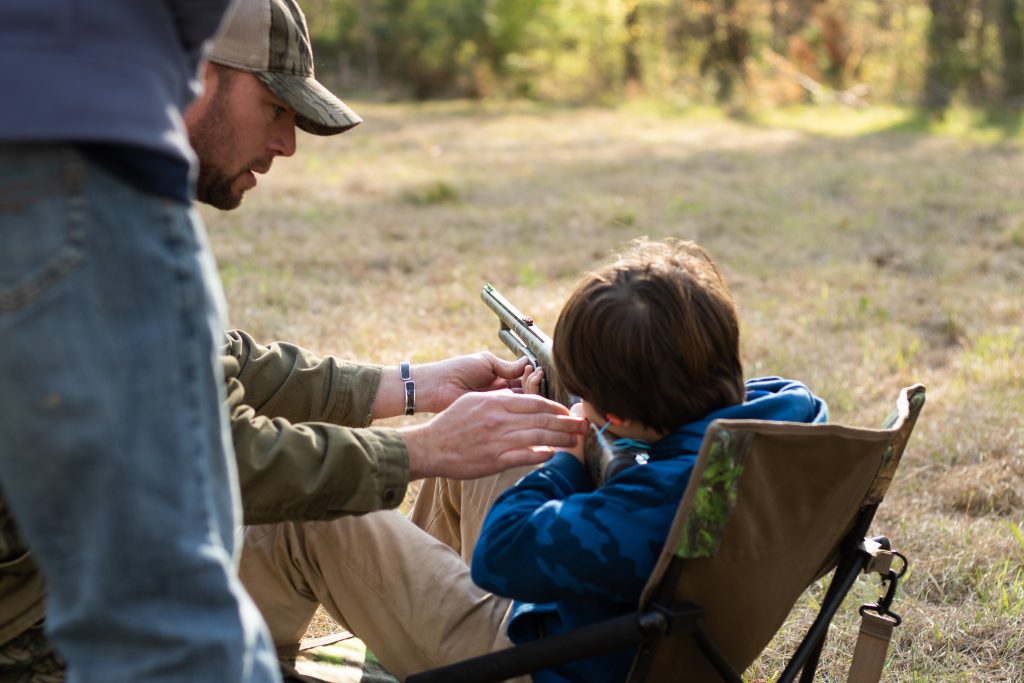Instilling Safe Firearm Practices at an Early Age
Taking a child on his or her first hunt is a memory that will last a lifetime, but you also want the firearm safety measures you instilled well before their first hunt to last just as long.
For those with kids coming of age, aunts and uncles eager to take their niece or nephew on their first hunt and all mentors alike, below are a few highpoints for instilling safe firearm practices at an early age.
There is no specific age for when children are ready to begin handling firearms; it all depends on that specific child’s maturity and willingness to adhere to safe practices; does his or her actions and attitude around firearms denote an understanding of the responsibility and consequences of firearms? There is no room for immaturity when it comes to firearms. Travis Sumner, the NWTF’s Hunting Heritage Center and habitat manager, says not to sugarcoat it.
“You need to stress the importance of firearm safety,” Sumner said. “Right from the beginning, they need to know that, if it is not used properly, firearms can cause serious bodily harm and death with just one wrong move. However, let them know that if handled responsibly and properly it can be a lot of fun.”
As far as deciding when to start teaching your child, Sumner suggests instilling safe gun handling when kids are as young as 6 or 7 and play with toy air guns or nerf guns. Teach them not to point a gun at anyone, the basic parts of the gun and how to hold it properly.
“Handling a real firearm could start as young as 7 or 8 if the correct instruction on firearm safety is given,” Sumner said. “One of the best things you can do is enroll your kids in firearm safety and hunter education courses. The importance of safety is repeated over and over in these seminars.”

Sumner suggests making the following second nature for kids beginning to handle a firearm:
- Always know where the muzzle is pointed.
- Know how to tell if the firearm is loaded or unloaded.
- Keep your finger out of the trigger guard until you know you are ready to shoot.
- Identify your target, and always know what is beyond it.
- Once you pull the trigger, there is no taking it back.
Teaching the next generation these skills will not only keep them and others safe, it will also give you peace of mind when they begin to hunt on their own.
“The adult mentor is there to mentor the new hunter with all aspects of hunting and firearms,” Sumner said. “At the end of the day, I think the old saying ‘practice what you preach’ is a good guideline to follow. If you are teaching safety or talking safety, then your actions need to reflect that, especially in front of a child just beginning to handle a firearm and start hunting. They are watching you to see how you do it.”
To find a hunter education or firearm safety course, contact your local state natural resource agency.
